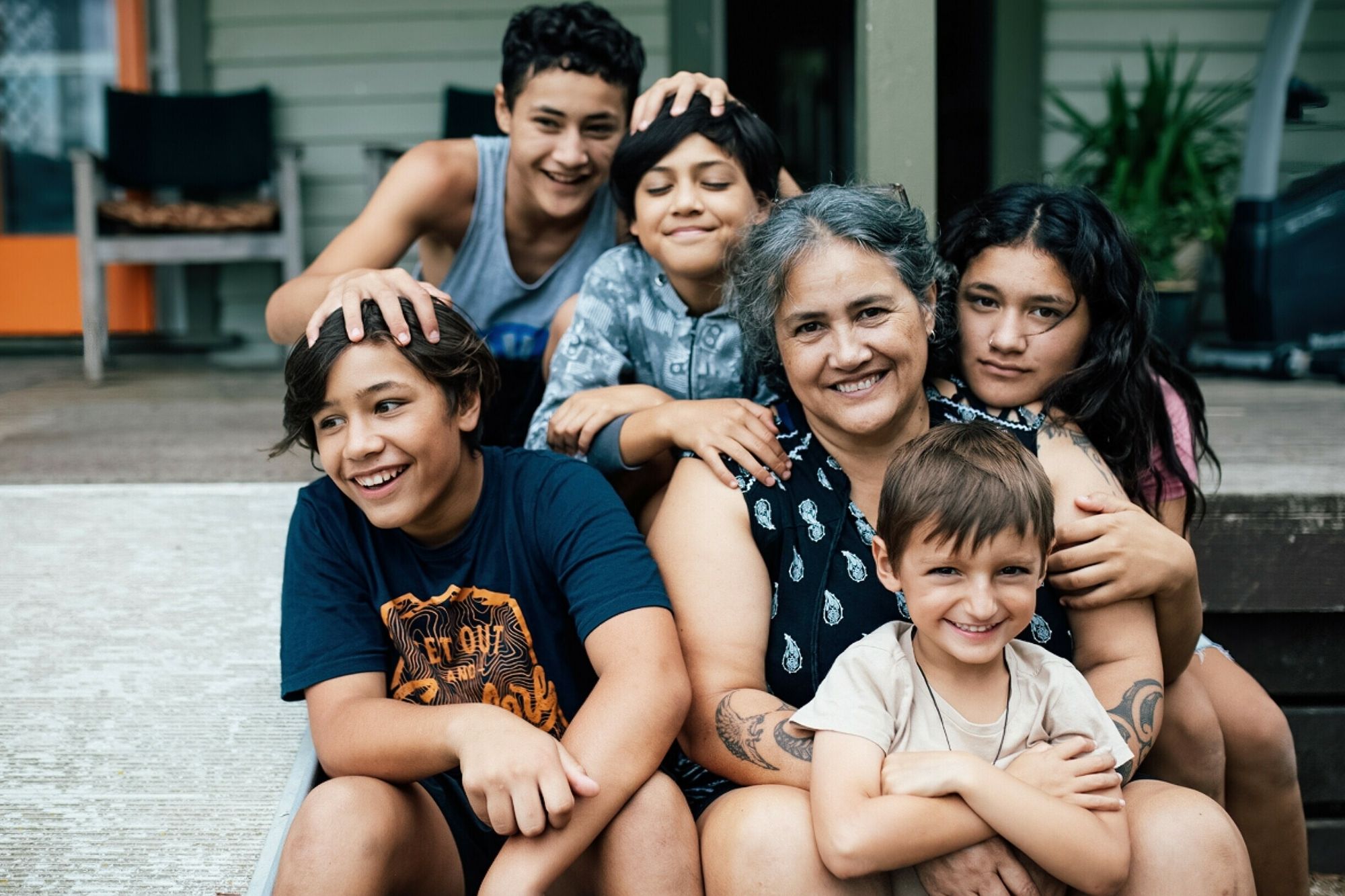Enrolled patients
Enrolment is currently available to residents in Auckland, Bay of Plenty and Canterbury. An enrolled patient is someone who has chosen Tend as their primary care provider.

A 67% increase in Māori enrolments in the Bay of Plenty, and a 487% increase in Pasifika enrolments at Pakuranga show that digital health tools can be equity enablers rather than obstacles.
New Zealand faces persistent disparities in primary healthcare access. Current data shows 22% of Māori report cost barriers to GP consultation, compared to 13% of non-Māori. These disparities translate to delayed presentations, missed preventive care opportunities, and progression of manageable conditions.
The demographic context amplifies this urgency: approximately one in three New Zealanders under 25 identify as Māori, rising to 32% of children under 14 by 2043. Current service delivery models for these populations will determine long-term health outcomes nationally.
This challenge requires systematic removal of access barriers based on patient demographics and location, in addition to clinical need.
Tend is developing a service model addressing identified barriers to primary care access through the following components:
Multi-modal access pathways
Shift workers and other populations require flexible access options. Our digital platform, available in Te Reo Māori, provides comprehensive functionality including enrollment with immediate access, appointment booking up to three months ahead, 24/7 online consultations, medication management, and medical certificate requests. Patients receive complete consultation notes and detailed care advice post-visit and have immediate access to test results, ensuring continuity of clinical record.
Multidisciplinary team-based care
The model extends beyond traditional GP-centric care. Patients access a coordinated team including nurses, pharmacists, Health Improvement Practitioners, and doctors through a single platform, enabling comprehensive care delivery matched to clinical needs.
Bay of Plenty
Following integration of Tauranga clinics and expansion to Pāpāmoa, enrollment demographics shifted significantly. Initial patient demographics showed 13.7% Māori and Pasifika enrollment in a region where census data indicates 18-22% Māori population.
Current enrolment demographics demonstrate significant improvement: 22.1% of patients are now Māori or Pasifika, representing a 61% increase. These populations are now enrolling at 1.6 times the pre-intervention rate.

“It's a very convenient service. I love how automated and streamlined everything is. I used to hate going to the doctor’s as I would be in the waiting room for 2 hours, even with an appointment. Tend has proven that it doesn’t need to be so difficult and inefficient. Much appreciated”.
- Conor Ngatae, Tend patient
Auckland
Analysis of enrolment data from April 2023 to March 2025 demonstrates significant demographic shift in patient population.

The 487% increase in Pasifika enrolments demonstrates the impact of systematic barrier removal. The 101% increase in enrolments from the most socioeconomically deprived areas (quintiles 4 and 5) correlates with improved access when structural barriers are addressed.
Despite concerns about digital health creating additional barriers for Māori communities, our data shows 71% app adoption among Māori patients. Additionally, 23% of patients utilising the 24/7 online consultation service are Māori or Pasifika, with service satisfaction at 95%.
”You can't just build a clinic and expect communities who've been let down by the health system to walk through the door. Trust is earned by being trustworthy. When Māori patients are adopting digital tools at higher rates than any other group, that tells me they feel safe, they feel seen and they feel like these services were built for them - not despite them. That sense of belonging in healthcare spaces is what we should be measuring alongside clinical outcomes.”
- Dr Rawiri McKree Jansen, Tend GP and Māori Health Advocate
Clinical implications
These outcomes provide evidence for achievable equity improvements in primary care access. The approach involves:
Across Bay of Plenty and Auckland sites, significant enrollment increases among Māori and Pacific populations demonstrate measurable progress in addressing health inequities. The near-tripling of Māori and Pacific enrolments at Pakuranga provides a replicable model for primary care delivery.
The intervention demonstrates that meaningful improvements in health equity outcomes are achievable through systematic barrier identification and removal, combined with culturally appropriate service design and delivery.